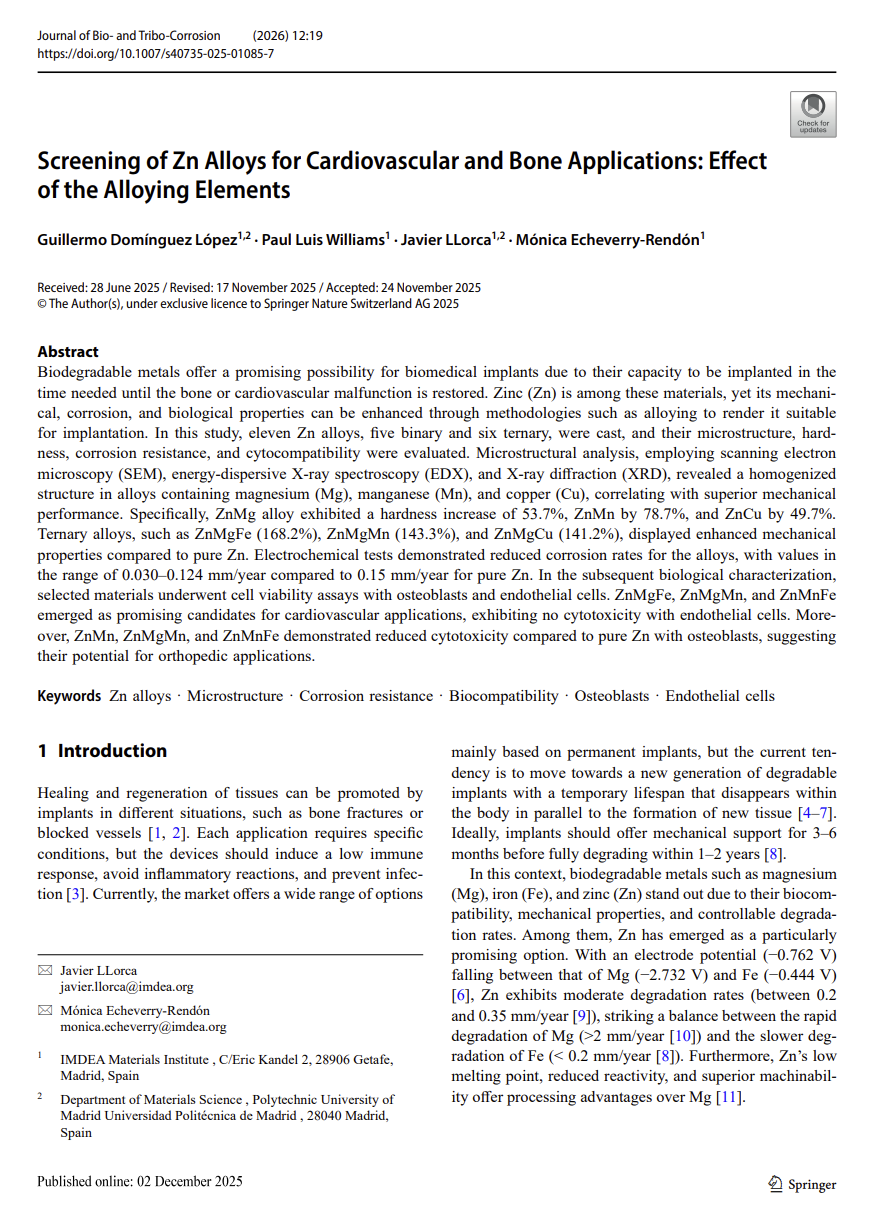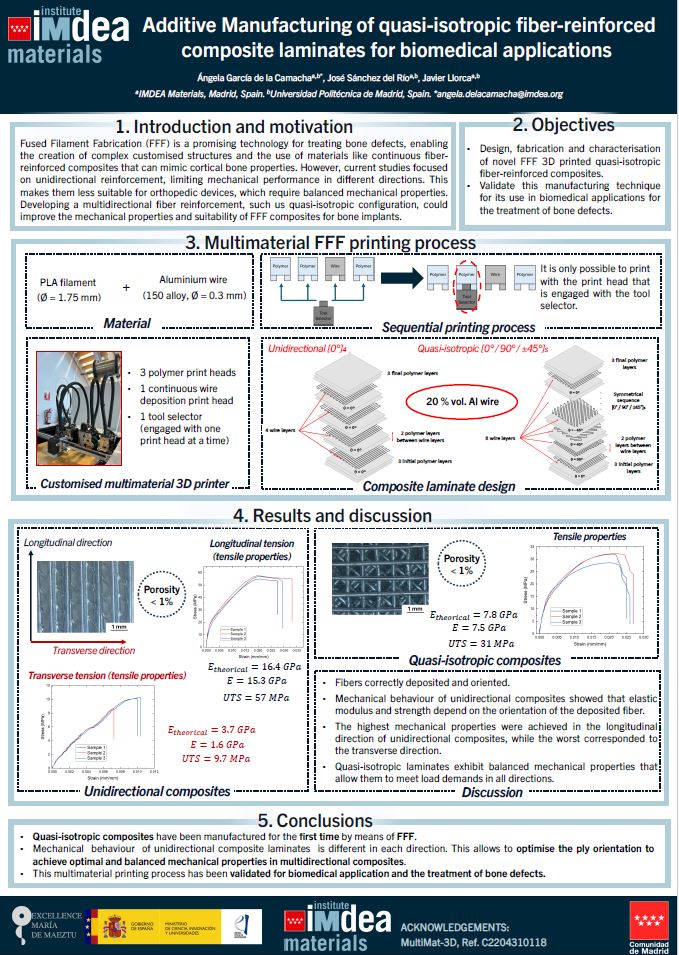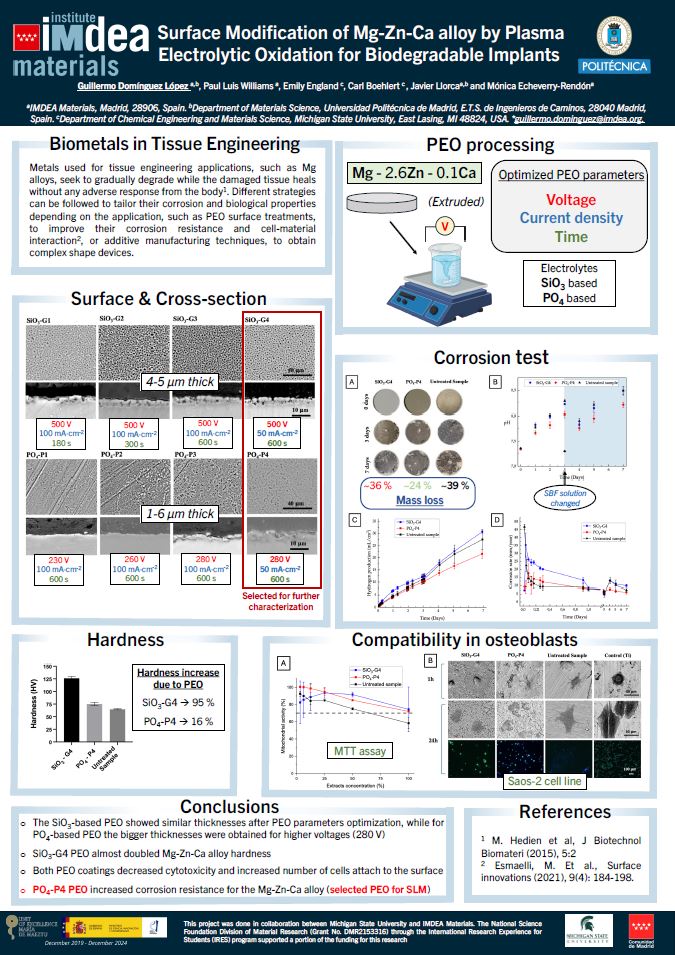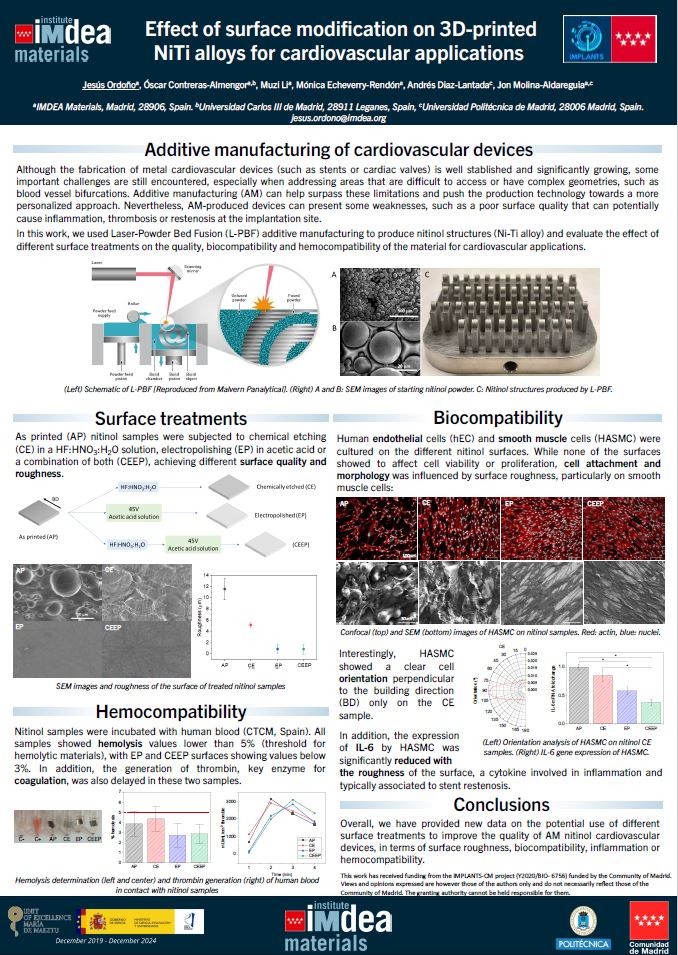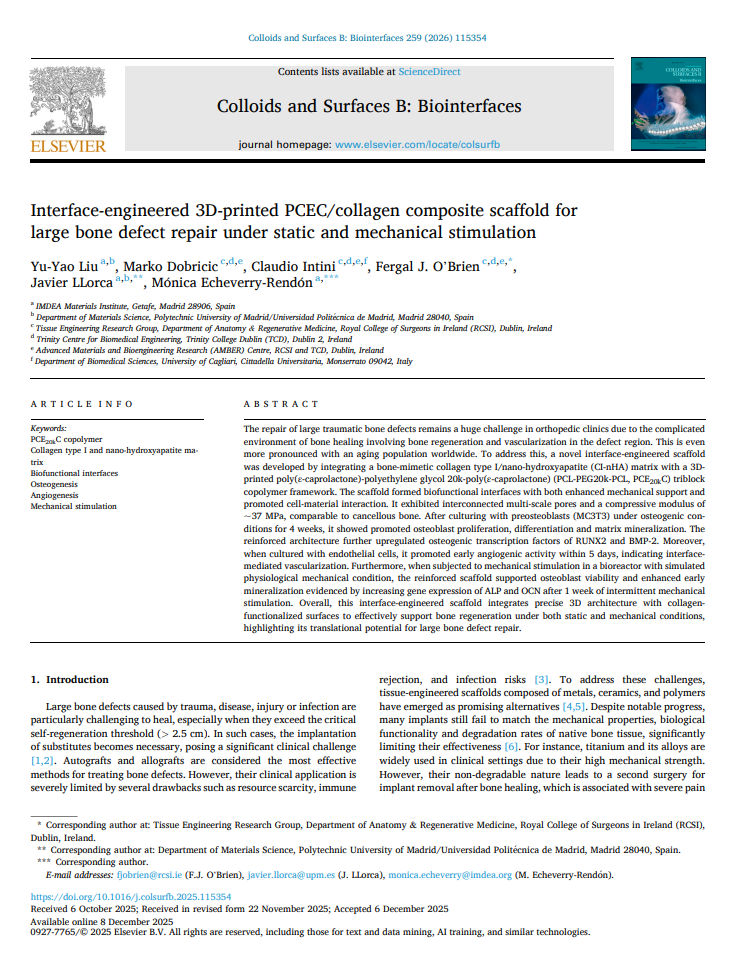
New publication in Colloids and Surfaces B: Biointerfaces
The BCD Group is proud to share our latest publication in Colloids and Surfaces B: Biointerfaces! Congratulations to our colleagues Yuyao Liu, Javier LLorca, and Mónica Echeverry Rendón for this
